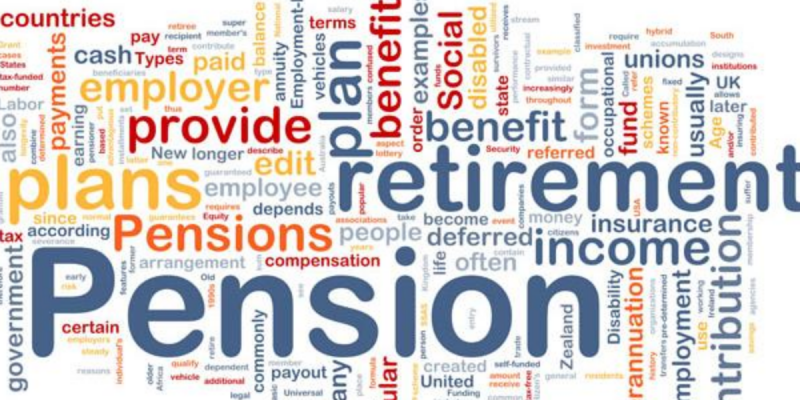California, Illinois, New Jersey, Texas and Pennsylvania account for more than half of the unfunded liability.
Only one in five of the 143 largest statewide public retirement systems in the U.S. are resilient, a new analysis published by the bipartisan nonprofit Equable Institute shows.
Public sector funding peaked in 2001, with nearly 3 out of 4 statewide plans 90 percent funded or better. By 2020, one in five statewide plans have a “resilient funded” status.
The report, “State of Pensions 2020,” analyzes trends in public pension funding, investments, contributions, cash flow and maturation of retirement systems that had more than $1 billion in assets through 2019.
The current estimated funded ratio for 143 statewide plans is 67.9 percent, near the lowest point in modern history. And five states – California, Illinois, New Jersey, Pennsylvania and Texas – account for more than 50 percent of unfunded liabilities.
The institute, which works with public retirement system stakeholders to solve complex pension funding challenges, found that nationally, public pension funding has been in decline since 2001. Despite the decade-long bull market, the recession following coronavirus shutdowns leave them in a worse position than the Great Recession did.
State and local public employee retirement systems in the U.S. manage over $4.3 trillion in public pension fund investments, according to Pew Charitable Trusts. Returns on these assets account for more than 60 cents of every dollar available to pay promised benefits, it found in a December 2019 report.
“About three-quarters of these assets are held in what are often called risky assets – stocks and alternative investments, including private equities, hedge funds, real estate, and commodities,” the Pew report said.
Research by The Pew Charitable Trusts found that since the Great Recession, public pension plans have lowered return targets in response to changes in the long-term outlook for financial markets. Pew analyzed the 73 largest state-sponsored pension funds, which collectively manage 95 percent of all investments for state retirement systems. The average assumed return for these funds was 7.3 percent in 2017, Pew found, down from over 7.5 percent in 2016 and 8 percent in 2007 just before the downturn began.
“The pension asset shortfall for statewide plans keeps growing,” the Equable Institute report states. “At the end of 2019, there was no net recovery from losses during the Great Recession and Financial Crisis.”
The institute estimates that unfunded liabilities will grow to $1.62 trillion in 2020, up from $1.35 trillion in 2019, and from $1.16 trillion in 2009.
“One of the most concerning findings from the report is a trend toward rapidly expanding net negative cashflows, as a result of plan maturation,” the report states.
“Although contribution rates have progressively increased (a positive trend from the perspective of plan funding), benefit payments are also growing steadily (because of increased retirements), resulting in a net negative cashflow of -$113 billion for 2019,” it continues.
Because the trend has steadily worsened since 2009, the institute says it will be increasingly difficult for governments to invest their pension plans back to health.
If assumed returns had kept pace with declining interest rates since 2001, the institute analysis says, average assumption in 2019 would have been around 5.1 percent. In 2020, the average assumed rate of return is 7.2 percent.
“We estimate the average investment return for statewide plans as of June 30, 2020 is -0.44 percent based on the most recent asset allocation reports from each plan,” the institute says. “This is 763 basis points below the average 7.19 percent assumed return for the fiscal year.”
The report also analyzed unfunded liabilities relative to state GDP and found that states with some of the most visible pension funding challenges, including New Jersey, Kentucky and Illinois, have the largest share of unfunded liabilities relative to their state’s GDP, topping 15 percent, respectively.
Advertisement
Advertisement

